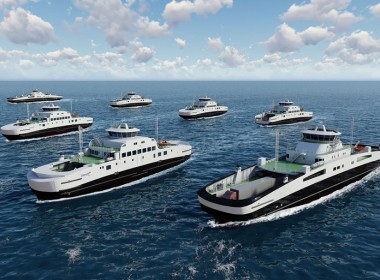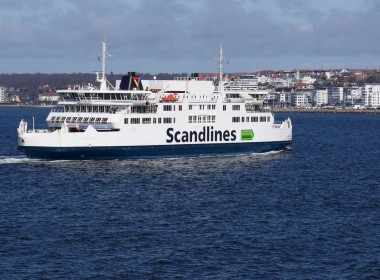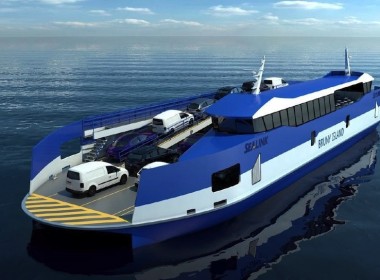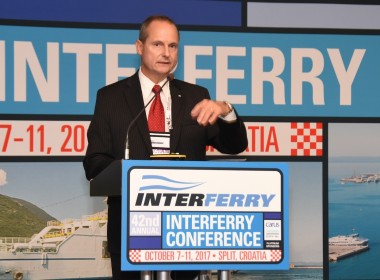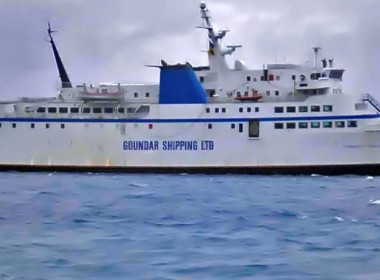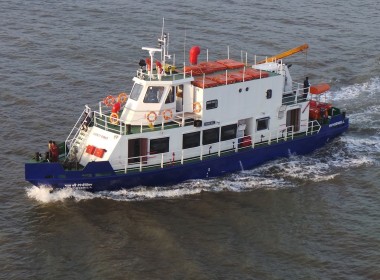EDITORIAL | Safer ferries for the Pacific islands
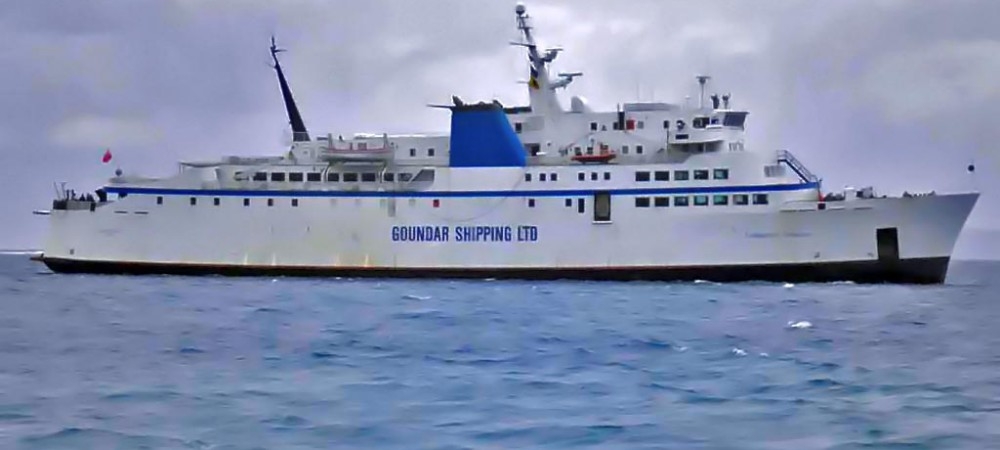
In April I was fortunate to be able to participate in an excellent regional workshop on ship safety management in Port Moresby, Papua New Guinea.
Organised jointly by the International Maritime Organisation (IMO), the Pacific Community (PC) and the National Maritime Safety Authority (NMSA) of PNG, it was one of the most productive, sensible and realistic conferences I have ever attended. Congratulations are due to all concerned with its organisation.
While the workshop overall was concerned with all kinds of vessel safety, it soon became obvious that domestic ferry safety was foremost in the minds of most participants. That is unsurprising given the Kiribati disaster in January that killed 99 people and the still recent (2012) Rabaul Queen sinking in PNG that resulted in 350 fatalities. Both vessels concerned were owned by serially offending operators!
As I discovered from delving into the Baird Maritime Passenger Vessel Accident (BMPVA) database while preparing for my presentation, the Pacific islands have a terrible record for domestic ferry safety. Indeed, since January 1, 2000, the PC member states have a slightly worse fatality record than either Indonesia or the Philippines which are, along with Bangladesh, generally regarded as the most dangerous places for ferry travel on the planet. Obviously, this is compared on a per head of population basis. Absolute numbers are not quite so terrifying given the tiny populations of most of the island nations other than PNG.
Even more frightening is the news of the importation of an ancient former BC Ferries Ro-Pax ferry to Fiji and the looming threat of three more. It seems that ”political interference” has been a factor in that project.
The first vessel is entirely inappropriate to Fijian climatic, sea and economic conditions. Apart from being 63 years old, it was designed for operation in sheltered waters in a rich country with excellent maintenance facilities and generally high crewing standards. It also happens to be so riddled with asbestos that it could not be sold in North America, even for scrap!
Shocking safety record
It became obvious as the conference proceeded that political interference was a major problem in many of the island nations. While closely related to comparative poverty, it is a separate but significant factor that severely inhibits ferry safety.
Of course, in unusually archipelagic and comparatively poor nations such as the Pacific islands, Indonesia and the Philippines, the major causes of domestic ferry fatalities remain, unsurprisingly, unseaworthy and overloaded vessels.
Given the shocking safety record of elderly monohull Ro-Pax ships in developing countries – they accounted for 32 per cent of fatalities globally from 2000 to 2015 – there is no doubt that the sale of ancient Ro-Pax ferries such as that to Fiji should be banned. The neighbouring island nation of Tonga knows of their dangers from the bitter Princess Ashika experience. That elderly and wholly inappropriate Japanese Ro-Pax vessel sank in 2009 with 78 fatalities.
An analysis of the BMPVA database also clearly shows that multihull ferries, when properly designed, constructed and maintained, are infinitely safer than their monohull counterparts. Their fatality toll is a tiny fraction of that of monohull ferries on every basis of comparison.
It is, therefore, painfully obvious that new, or at least good second-hand, catamaran or trimaran ferries would be the answer to the safety woes of the island nations. They need not be fast nor complex or sophisticated, just safe, stable, buoyant, reliable and low maintenance. FRP or steel construction should be possible as well as aluminium.
Aid done right
The obvious problem with this proffered solution is relative poverty. The island nations cannot really afford such vessels or the all-important crew training that should accompany their introduction.
There is, however, an obvious answer to that. The island nations and, for that matter, Indonesia and the Philippines are all significant recipients of aid from richer countries. Of course, much of that aid is poorly directed and administered and much is overly aimed at gaining strategic advantage. Donor countries, if they carefully thought about it, could get much better value for their aid dollars.
In the May/June issue of sister magazine Ausmarine I recommended that Australia and New Zealand, as world leaders in the design and construction of fast multi-hulled ferries, should introduce the provision of appropriate ferries into their aid programmes.
Now, having participated in the Port Moresby workshop, I have thought further. Other rich nations around the Pacific Ocean such as the USA, Canada, Japan, Korea, China and Singapore could beneficially modify their aid programmes to incorporate the provision of appropriate ferries to the dangerous archipelagic nations described above.
Not only would they benefit the island inhabitants and tourists, their generosity would start at home by providing business for their own naval architects, ship builders and maritime colleges.
Rather than funding inappropriate cultural centres, roads to nowhere and basket weaving classes that have little or no economic or social benefit, why don’t those rich countries re-focus their aid programmes on something more practical and valuable?


